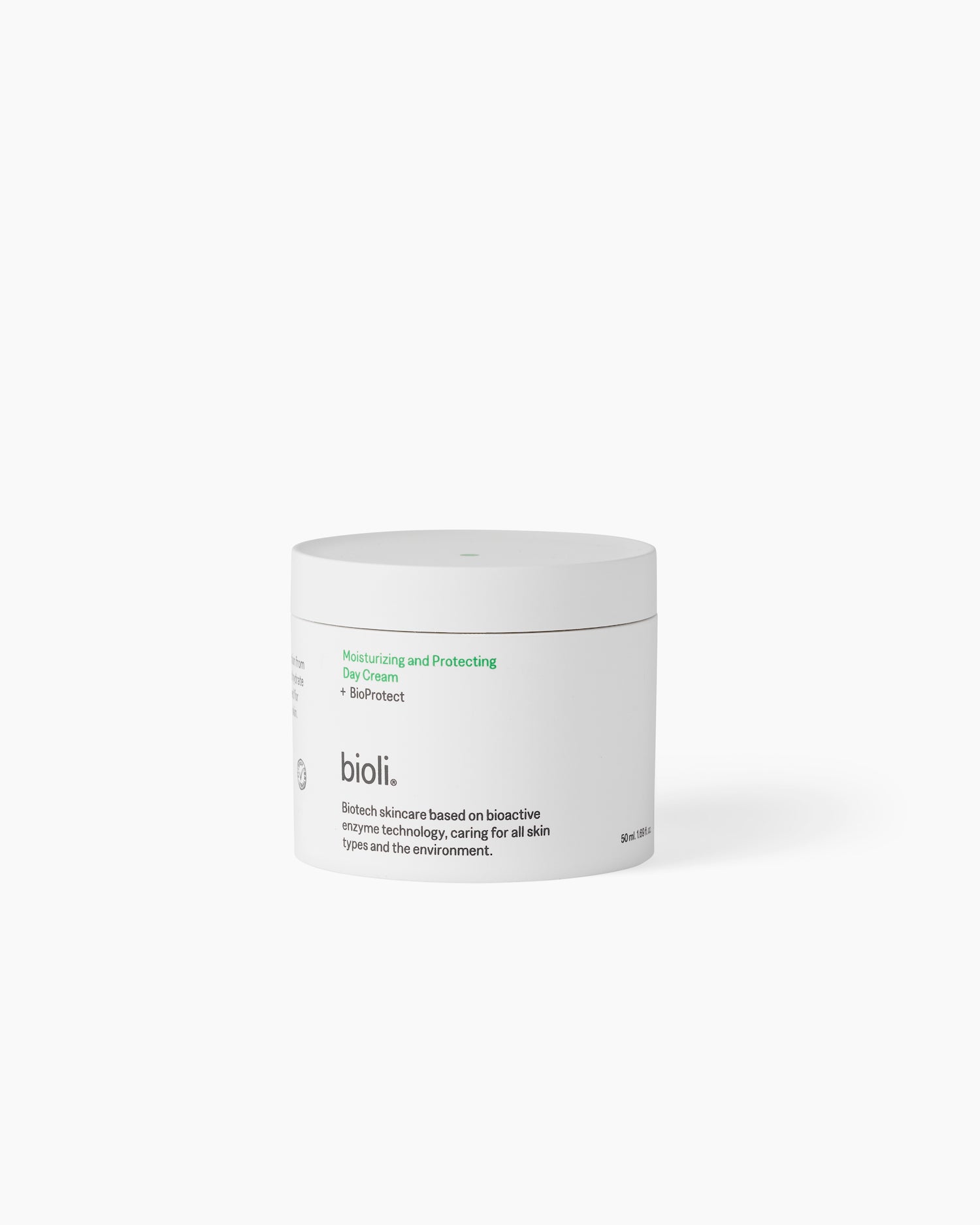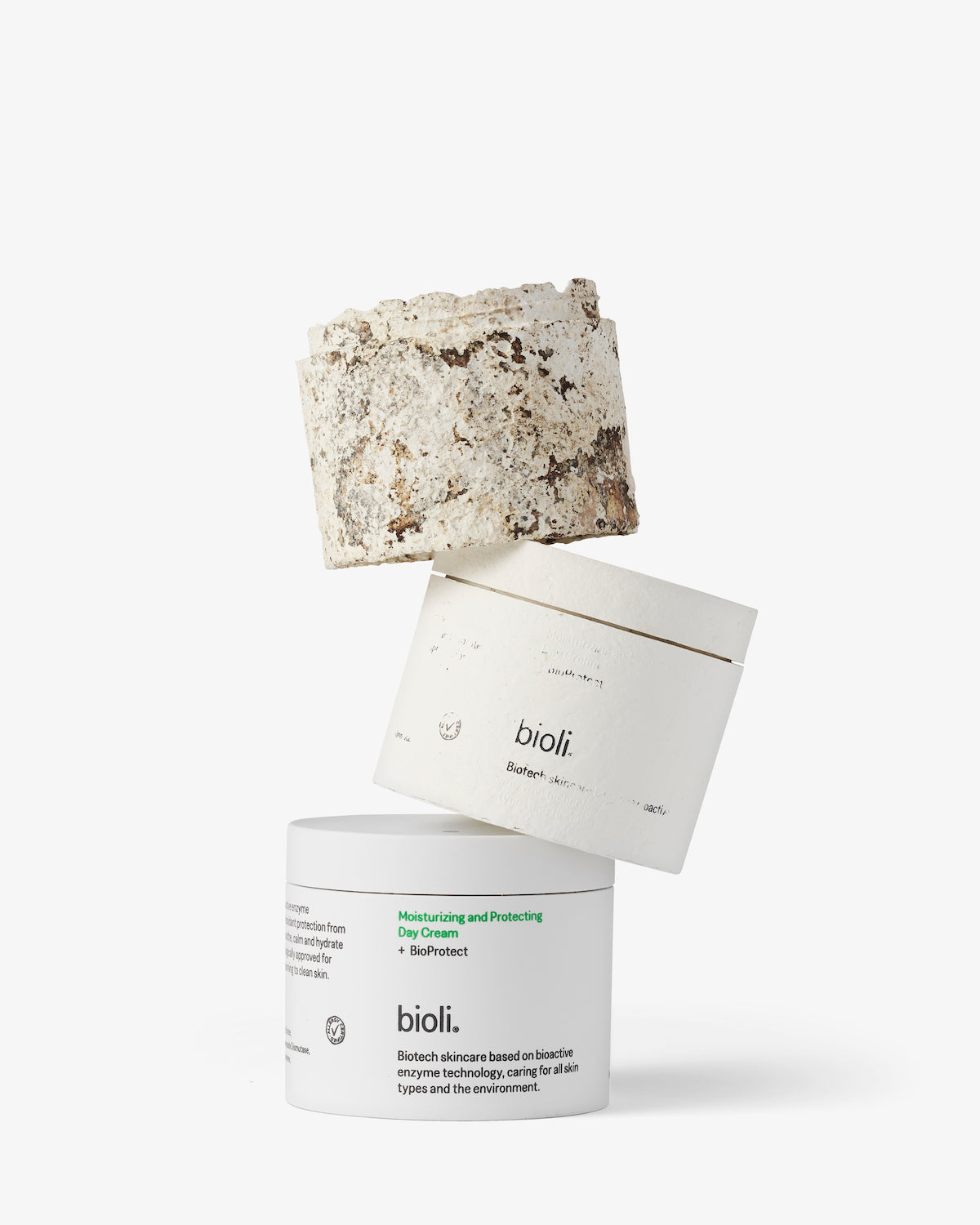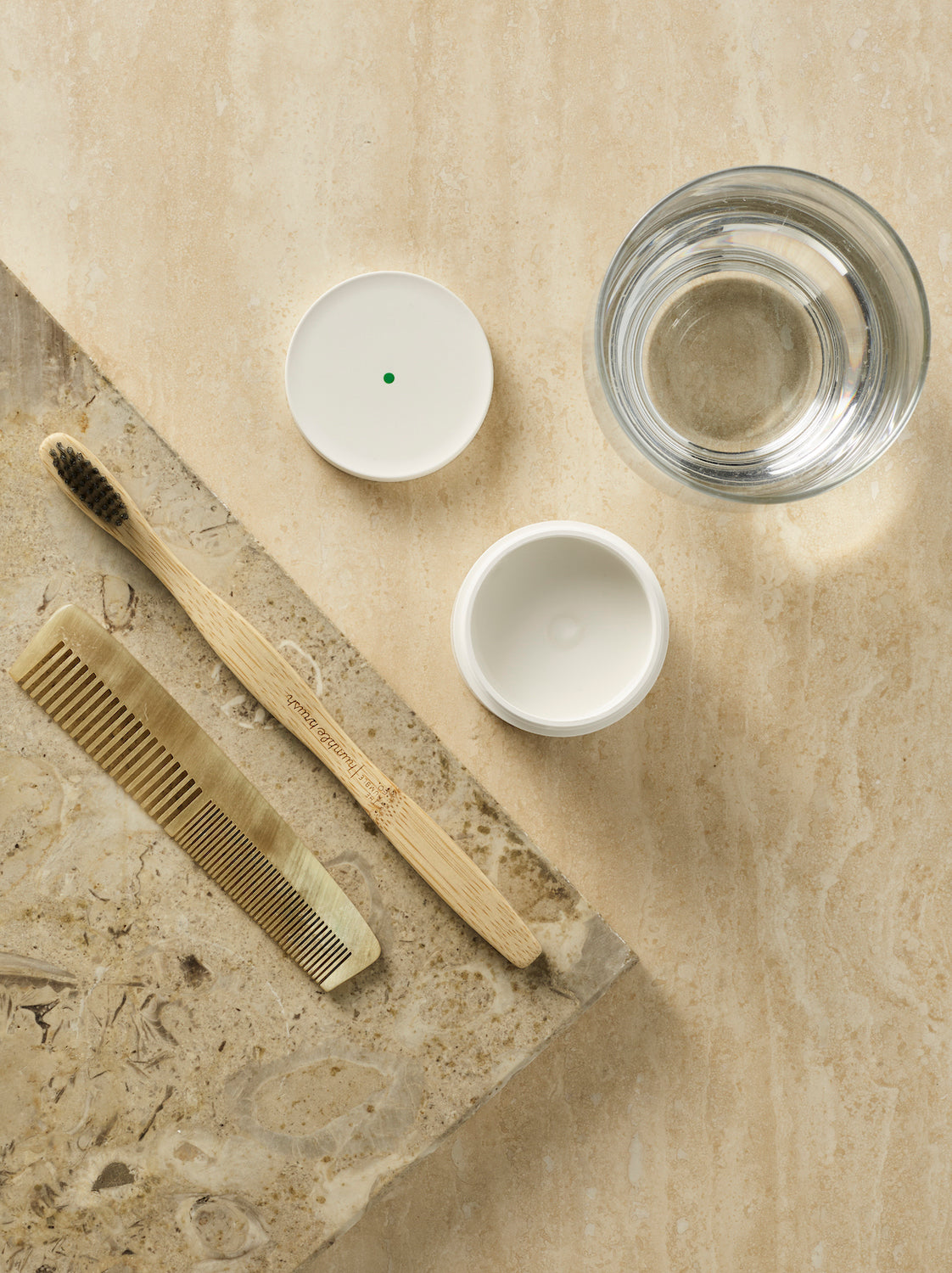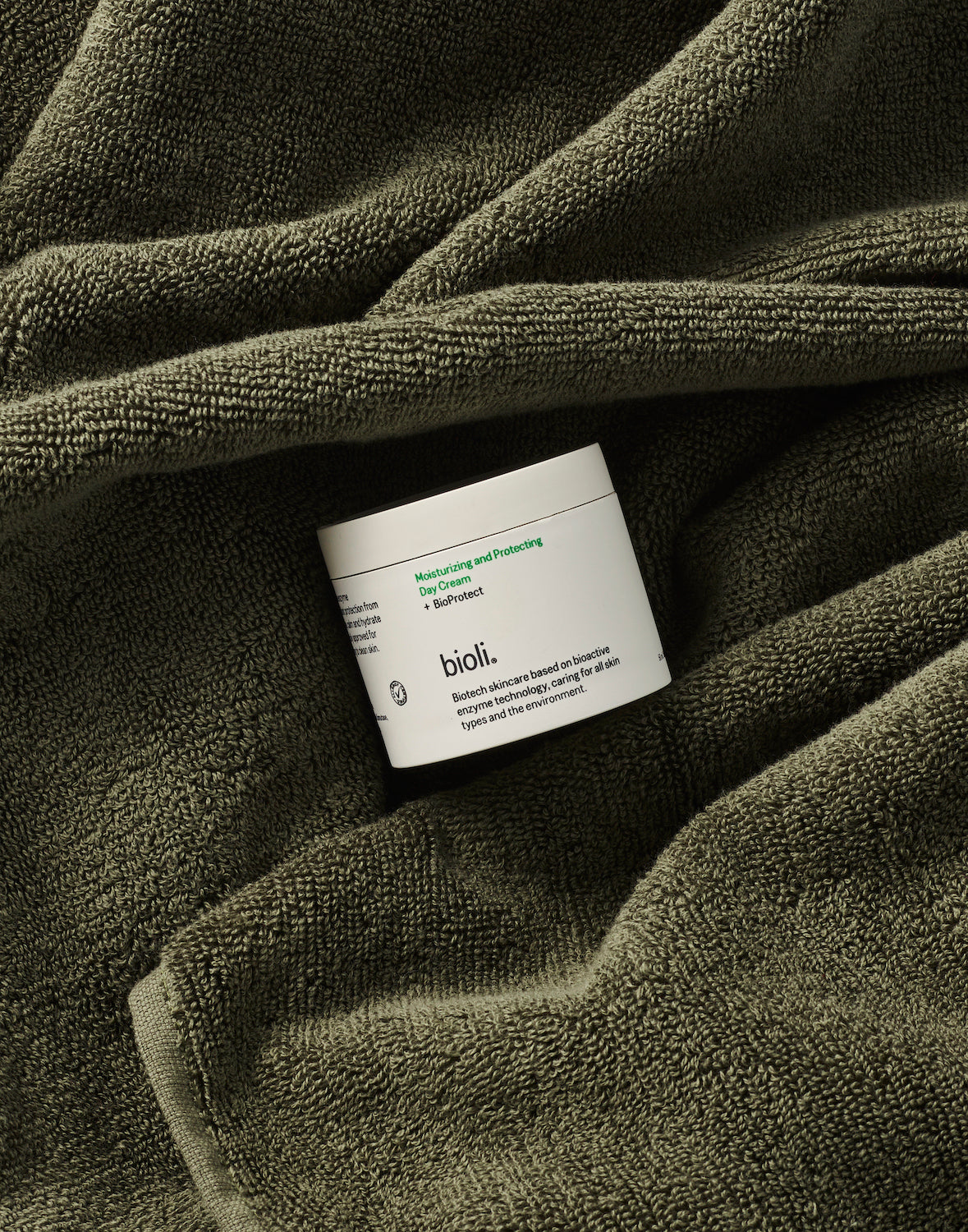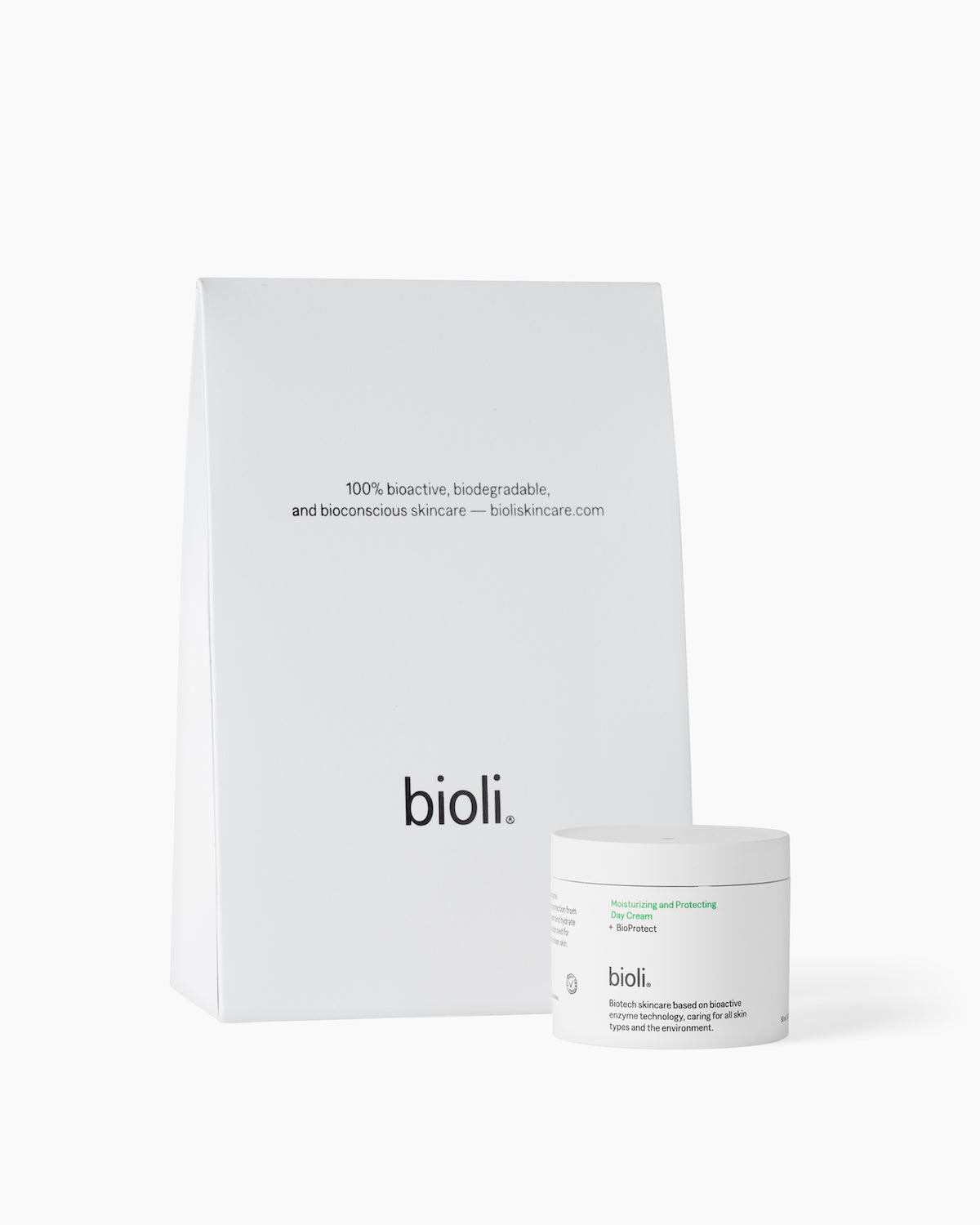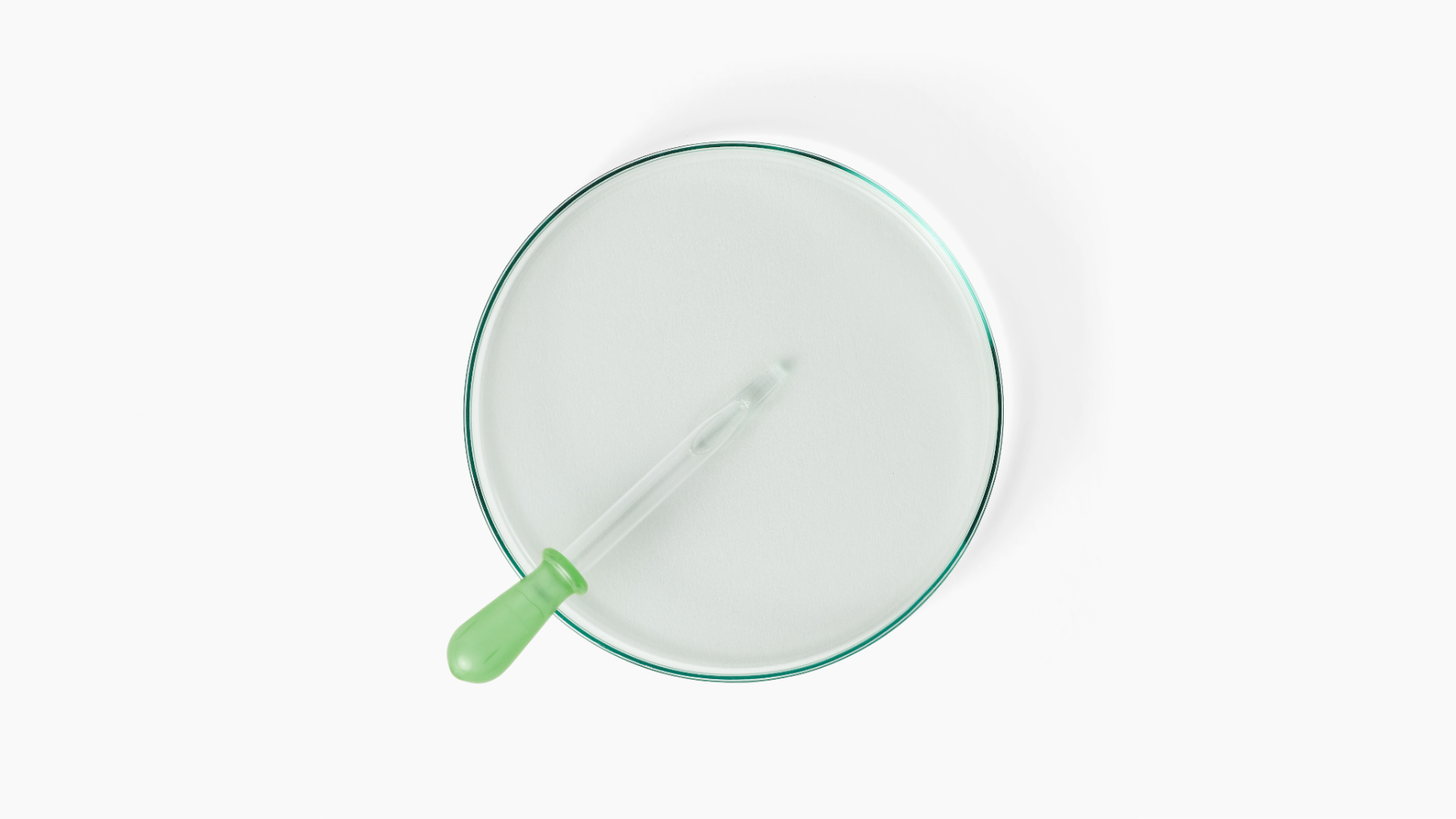What are retinoids?
Retinoids are a class of compounds derived from vitamin A, or they exhibit structural and functional similarities to vitamin A. Retinoids are active molecules that influence skin structure formation and include both natural, biologically active forms of vitamin A and synthetic analogs of retinol.
The most commonly used in dermatology and skincare are retinol, retinaldehyde, adapalene, tazarotene, and tretinoin. However, there are several other retinoids with varying degrees of potency and clinical use.
For anti-aging, retinoids works to reduce fine lines and wrinkles by increasing the production of collagen. They also stimulate the production of new blood vessels in the skin, which improves skin color, and they can fade age spots and soften rough patches of skin.
Retinoid was initially approved by the U.S. Food and Drug Administration in 1971 for use as a topical acne treatment. It was tretinoin, which prevents pores from clogging, as well as reduces and prevents acne scars. It didn’t take long for dermatologists to notice that it had other potent properties, and quickly it became a widely applied ingredient in the skincare industry for several different applications, which we’ll explore in the next section.
Types of retinoids
As illustrated below, various types of retinoids serve different functions and mechanisms of action for a wide range of applications, including anti-aging and many other treatment properties for severe skin disorders.
|
Retinoids |
Functions/mechanism of action |
Application in cosmetic and dermatological treatment |
|
Retinol (all-trans retinol) |
Inhibits collagenase and MMP expression; stimulates collagen type 1 and GAGs synthesis |
Anti-wrinkle treatments, improvement of texture, dyspigmentation, dryness, and fine lines |
|
Retinoic acid (all-trans retinoic acid, tretinoin) |
Stimulates the process of epidermal cell proliferation, accelerates the elimination of sebum remaining in ducts, therefore reducing inflammation in sebaceous glands; loosens connections among cells in stratum corneum and inhibits keratosis |
Acne, psoriasis, chronic inflammation of hair follicles and sebaceous glands |
|
Retinyl esters (retinyl acetate and palmitate) |
First converts to retinol by cleavage of the ester bond, and then converts into retinoic acid, stimulates the epidermal cell proliferation, regulates the sebum |
Antioxidant, wrinkles, stabilising properties |
|
Retinaldehyde |
First oxidizes to retinoic acid by retinaldehyde dehydrogenases (e.g., RALDH2) or some enzymes of the CYP family and then stimulates the epidermal cell proliferation |
Stabilising properties, wrinkles, texture |
|
Adapalene (naphthalenecarboxylic acid) |
Changes gene expression and mRNA synthesis; it is a strong modulator of keratinization of hair follicle cells, modifies keratinocyte metabolism, increases their proliferation, and thus has a keratolytic effect |
Acne, inflammation, excessive keratosis |
|
Tazarotene |
Receptor-specific retinoid regulates down markers of keratinocyte differentiation, keratinocyte proliferation and inflammation |
Acne vulgaris, psoriasis, chronically photodamaged skin, photoprotection from sunlight |
Table 1: Retinoids: active molecules influencing skin structure formation in cosmetic and dermatological treatments by Malwina Zasada, Elżbieta Budzisz, Department of Cosmetic Raw Materials Chemistry, Faculty of Pharmacy, Medical University of Lodz, Lodz, Poland, 2019
The choice of a retinoid depends on individual needs, as previously mentioned, and it's crucial to use retinoids with care. Because retinoids can cause skin dryness and irritation, doctors often recommend using them only every other day at first and then gradually working up to nightly applications. It is also recommended to wear sunscreen during the day because retinoids increase the skin's sensitivity to sunlight. They must be used continually to maintain their benefits, and it takes three to six months of regular use before improvements are apparent. The best results take six to 12 months.
Clinical footprint
Retinoids can be found in both prescription vs. over-the-counter formulations. In this section, we evaluate these formulations based on a Focused Review on the Use of Retinoids in Topical Antiaging Treatments.
OTC formulations with retinoids
Over-the-counter (OTC) formulations enriched with retinoids have gained popularity for their promising age-defying benefits. The most commonly used ones, regulated as cosmetics, are:
- Retinol
- Retinaldehyde
- Retinyl palmitate.
These are also often referred to as cosmeceuticals, a term used for cosmetic products with active ingredients for which 'drug-like' effects on skin structure and function are claimed and are distinguished as a subgroup between cosmetic products and topical prescription medicines.
However, as the authors behind the mentioned Review point out, due to their classification as cosmeceuticals, there's no rigorous pre-market safety or efficacy testing is required. Because retinoids present as active ingredients in cosmeceuticals must be converted to tretinoin after application, researchers question their efficacy compared to tretinoin.
Their use is associated with challenges like low penetration and common side effects, including skin irritation due to their physicochemical properties and proven instability. A common theme that emerges is the lack of evidence from properly designed clinical trials to support the claimed efficacy of the most commonly used retinoids as anti-aging agents in cosmeceuticals.
Prescription formulations with retinoids
The most commonly used retinoids, regulated as medicines, include:
- Tretinoin
- Adapalene
- Tazarotene
Within prescription formulations approved as medicines, a gold standard with established anti-aging efficacy is tretinoin. Unlike many of the OTC formulations listed in the section above, tretinoin is backed by solid evidence for wrinkle reduction and photoaging treatment.
Formulations with tretinoin (concentrations ranging from 0.01% to 0.1%; the most commonly used are 0.025%, 0.05%, or 0.1%) are approved as prescription medicines for the treatment of acne vulgaris, facial wrinkles, and hyperpigmentation.
Although all concentrations are approved and the most commonly used formulations for the treatment of aging skin contain 0.05% tretinoin, the optimal concentration, application regimen, and duration of treatment for your skin must be individualized. Balancing efficacy and minimizing irritation is crucial to avoid a 'retinoid dermatitis reaction.
Therefore it is recommended to start treatment with a lower concentration of the active ingredient and gradually increase the concentration to a tolerable level by using moisturizers to keep the skin hydrated.
Adapalene and tazarotene are recommended as tretinoin alternatives for sensitive skin but lack comprehensive clinical validation. The insufficiency of placebo-controlled double-blind studies for cosmetics underscores the need for rigorous evaluation before heralding products as antiaging panaceas.
Retinoids on Sensitive Skin
Retinoids carry the potential for side effects and skin irritation. If you suffer from sensitive skin, have skin allergies, or experience dry skin, it is recommended to use retinoids under the guidance of a healthcare professional, whether they are OTC or prescription-strength options, to ensure safe use.
If you have already started using retinoids and are experiencing excessive irritation or discomfort, it is advisable to consult a dermatologist for further guidance. They can provide personalized recommendations and suggest alternative skincare ingredients that may be better tolerated by sensitive skin.
To enhance your experience with retinoids:
- Start with a milder option or use a lower concentration
- Perform a patch test
- Apply sparingly
- Limit frequency
- Apply a gentle, hydrating moisturizer
- Prioritize sun protection: Always use broad-spectrum sunscreen during the day, as retinoids can increase skin sensitivity to UV radiation
- Consult a dermatologist for expert advice
Biotech alternatives
Biotech-based skincare can offer alternatives to traditional retinoids by incorporating innovative ingredients and formulations aiming to provide similar benefits while potentially minimizing the side effects and irritations associated with retinoids. While biotech-based skincare is a broad and evolving field, here are some ways it can serve as an alternative to retinoids:
1. Peptide Formulations
Products with peptides work to mimic collagen-boosting effects, supporting skin renewal, firmness, and wrinkle reduction, without irritation
2. Growth Factors
Products that incorporate synthetic or bioengineered growth factors work to stimulate collagen production, improve skin texture, and reduce the signs of aging.
3. Epigenetic Ingredients
Products with epigenetic ingredients work to regulate gene expression for enhanced skin health and appearance
4. Bioactive Compounds
Products utilizing bioactive compounds derived from natural sources via biotechnology work to promote skin renewal and rejuvenation
5. Microbiome-Friendly Products
Products that support a healthy skin microbiome work to maintain skin health and address various skin concerns, potentially reducing the need for harsh retinoid products.
6. Enzymes
Products including enzymes, biologically derived compounds, work to aid in exfoliation, promoting cell turnover, and addressing various skin concerns.
How to navigate the path forward
As we have explored the realm of retinoids in skincare, it becomes clear, that a multifaceted approach is essential. When using compounds like retinoids for medical or cosmetic purposes, the way these compounds are formulated or prepared in products is crucial for achieving their maximum effectiveness. It’s not only about having the right active ingredients. They should also be formulated in a way that ensures they are stable, can penetrate the skin effectively, and can deliver the desired results while minimizing potential side effects. Proper formulation can make a significant difference in how well a product works and how well it is tolerated.
While the utilization of retinoids in anti-aging treatments holds promise for achieving youthful, radiant skin, a thorough examination of its true efficacy remains imperative. The field should be met with a healthy skepticism until substantiated by rigorous evidence. In a world where marketing claims dominate, it's always advisable to seek scientific validation and rely on high-quality research to inform your skincare choices.


